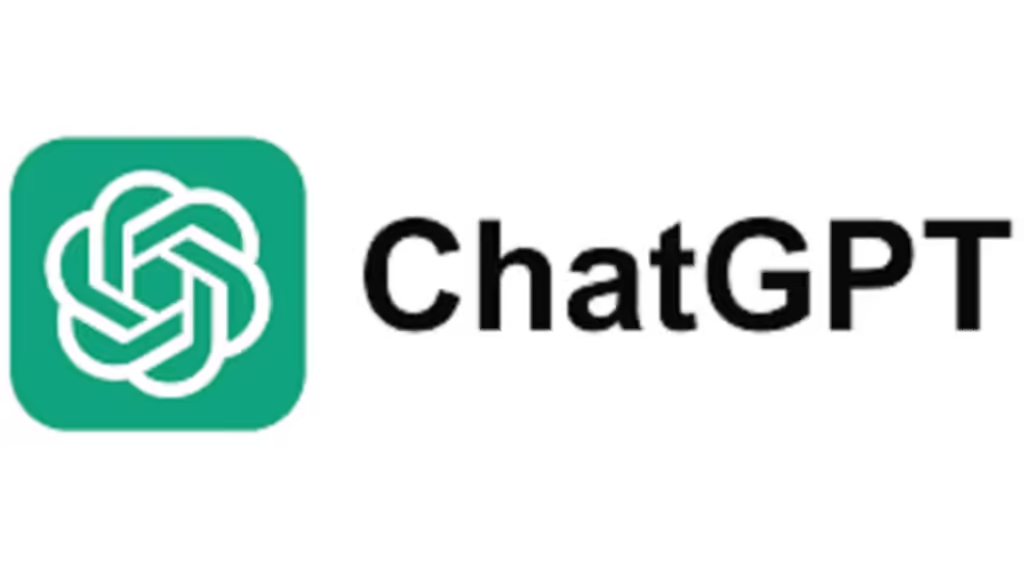In recent years, artificial intelligence (AI) has made remarkable strides in transforming how we interact with technology. One of the most groundbreaking innovations in AI-driven communication is OpenAI’s ChatGPT. Designed to simulate human-like conversations, ChatGPT has rapidly gained popularity across industries, revolutionizing customer service, content creation, education, and much more. In this blog post, we dive deep into what makes ChatGPT a game-changer in the tech world.
What is ChatGPT?
ChatGPT is a language model powered by GPT (Generative Pre-trained Transformer) technology, developed by OpenAI. GPT models are designed to understand and generate human language based on the data they have been trained on. ChatGPT, in particular, excels at generating text that feels natural and coherent, making it an invaluable tool for a wide variety of applications, from automating chats to assisting in creative writing and research.
The AI model behind ChatGPT is trained on vast amounts of text data from books, websites, and other publicly available sources. This training enables ChatGPT to generate highly context-aware and grammatically accurate responses to user inputs.
How Does ChatGPT Work?
At its core, ChatGPT works by predicting the next word in a sentence based on the context of the conversation. It uses a transformer architecture, a type of neural network that enables it to handle long-range dependencies in text. The model works through a process of pre-training and fine-tuning:
- Pre-training: During this phase, the model is exposed to a massive corpus of text, allowing it to learn grammar, facts, reasoning patterns, and some level of common sense reasoning.
- Fine-tuning: In this phase, the model is fine-tuned with more specific datasets, often with the help of human reviewers. The reviewers provide feedback to improve the model’s responses, especially regarding safety, factual accuracy, and appropriateness.
ChatGPT can engage in contextual conversations by remembering previous inputs and maintaining a flow of dialogue. This capability allows it to mimic human conversations remarkably well, whether it’s a casual chat or a complex discussion.
Key Features of ChatGPT
- Human-like Conversations: One of the defining features of ChatGPT is its ability to hold conversations that feel natural. Its ability to respond coherently, ask clarifying questions, and provide detailed answers makes it ideal for applications like virtual assistants and customer service.
- Multifunctional Applications: ChatGPT is not limited to a single use case. It can assist with content generation, help developers with coding queries, support customer interactions, and even offer tutoring in various subjects. The versatility of the model makes it valuable across different sectors.
- 24/7 Availability: Unlike human agents, ChatGPT is always available. It can handle large volumes of queries without any downtime, making it an efficient tool for businesses that require constant availability to meet customer needs.
- Customization and Fine-tuning: Businesses can tailor ChatGPT for specific tasks or industries by fine-tuning it with their own data. This flexibility makes it a more robust solution for organizations looking to create a personalized customer experience or domain-specific knowledge base.
- Privacy and Safety: OpenAI has made significant efforts to ensure that ChatGPT responds to queries in a way that prioritizes user safety. The model is designed to avoid generating harmful content, and it can be restricted to prevent the sharing of sensitive or inappropriate information.
Real-World Applications of ChatGPT
The adaptability of ChatGPT has led to its adoption in a wide array of industries. Here are some of the top applications:
- Customer Support: ChatGPT serves as a powerful tool for automating customer support. It can handle frequently asked questions, guide users through troubleshooting processes, and even escalate complex issues to human agents.
- Content Creation: From blog posts to social media content, ChatGPT can help creators generate ideas, draft outlines, or even write full-length articles. This automation accelerates content production while ensuring high quality.
- Coding Assistance: Developers can leverage ChatGPT to debug code, offer suggestions for improving algorithms, and explain complex programming concepts. It serves as an instant help desk for coding professionals.
- Education: ChatGPT acts as a tutor by providing explanations, answering questions, and offering learning resources on various subjects, ranging from math and science to history and language arts.
- Healthcare: In healthcare, ChatGPT assists in answering patient queries, providing information about symptoms and treatments, and supporting telemedicine platforms by automating interactions with patients.
ChatGPT’s Limitations
While ChatGPT is a powerful tool, it is not without limitations. The model can sometimes generate responses that are incorrect or misleading, especially when asked about niche topics outside its training data. Additionally, ChatGPT lacks true understanding—it processes information based on patterns rather than real-world experience or reasoning.
Another limitation is that ChatGPT, while trained on a broad dataset, may unintentionally generate biased or inappropriate content if safeguards are not in place. Developers must continuously monitor and fine-tune the model to prevent such occurrences.
The Future of ChatGPT and AI-Powered Communication
As AI technology continues to evolve, we can expect even more advanced versions of ChatGPT with improved accuracy, contextual understanding, and conversational flow. The potential for integrating AI like ChatGPT into everyday life is enormous—from personalized learning systems to AI-driven assistants in every field imaginable.
In the future, AI models like ChatGPT could transform industries in ways we can only begin to imagine. The integration of AI in business, education, healthcare, and entertainment will create more opportunities for automation, making technology even more accessible to people around the world.
Conclusion
ChatGPT stands at the forefront of AI-driven conversations, bridging the gap between humans and machines. Its ability to deliver natural, engaging, and context-aware interactions positions it as a transformative tool across industries. Whether you’re a business looking to streamline operations, a developer seeking assistance with code, or a student looking for tutoring help, ChatGPT has something to offer.
As AI continues to evolve, ChatGPT’s role in shaping the future of communication is undeniable. It’s not just about answering questions anymore—it’s about creating meaningful, efficient, and seamless interactions that enhance the human experience.
